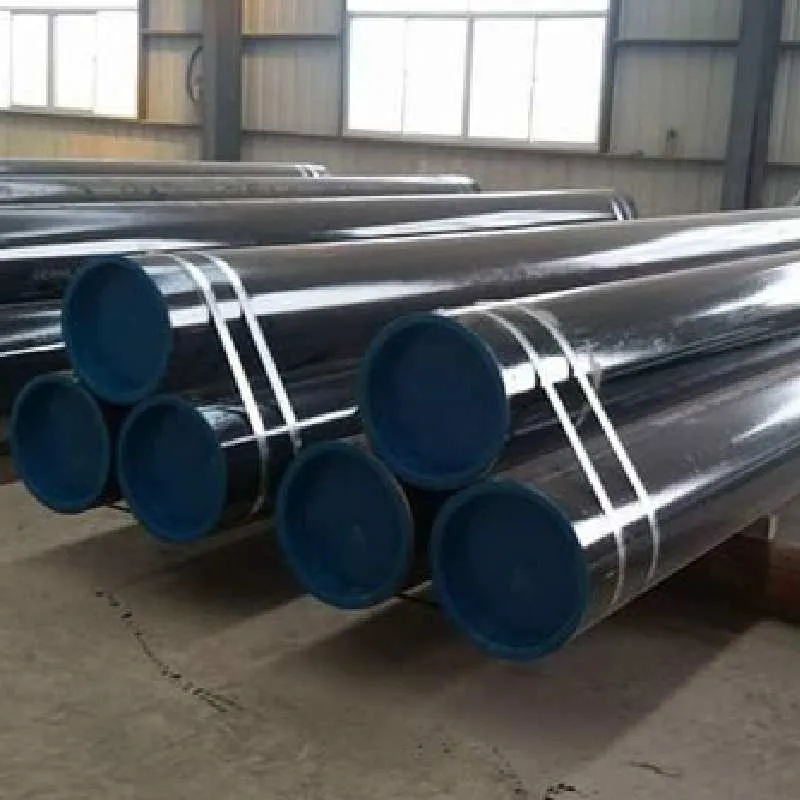-
Cangzhou Yulong Steel Co., Ltd.
-
Phone:
+86 13303177267 -
Email:
admin@ylsteelfittings.com
- English
- Arabic
- Italian
- Spanish
- Portuguese
- German
- kazakh
- Persian
- Greek
- French
- Russian
- Polish
- Thai
- Indonesian
- Vietnamese
- Zulu
- Korean
- Uzbek
- Hindi
- Serbian
- Malay
- Ukrainian
- Gujarati
- Haitian Creole
- hausa
- hawaiian
- Hebrew
- Miao
- Hungarian
- Icelandic
- igbo
- irish
- Japanese
- Javanese
- Kannada
- Khmer
- Rwandese
- Afrikaans
- Albanian
- Amharic
- Armenian
- Azerbaijani
- Basque
- Belarusian
- Bengali
- Bosnian
- Bulgarian
- Catalan
- Cebuano
- China
- China (Taiwan)
- Corsican
- Croatian
- Czech
- Danish
- Esperanto
- Estonian
- Finnish
- Frisian
- Galician
- Georgian
- Kurdish
- Kyrgyz
- Lao
- Latin
- Latvian
- Lithuanian
- Luxembourgish
- Macedonian
- Malgashi
- Malayalam
- Maltese
- Maori
- Marathi
- Mongolian
- Myanmar
- Nepali
- Norwegian
- Norwegian
- Occitan
- Pashto
- Dutch
- Punjabi
- Romanian
- Samoan
- Scottish Gaelic
- Sesotho
- Shona
- Sindhi
- Sinhala
- Slovak
- Slovenian
- Somali
- Sundanese
- Swahili
- Swedish
- Tagalog
- Tajik
- Tamil
- Tatar
- Telugu
- Turkish
- Turkmen
- Urdu
- Uighur
- Welsh
- Bantu
- Yiddish
- Yoruba

Nov . 14, 2024 01:56 Back to list
api 5l x52 pipe
Understanding API 5L X52 Pipe Specifications and Applications
API 5L X52 pipe is a type of steel pipe that adheres to strict standards set by the American Petroleum Institute (API). It is primarily used in the transmission of oil and gas, making it a crucial component in the energy sector. The X in X52 denotes the material's yield strength, which is approximately 52,000 psi. This specification ensures that the pipe can withstand high pressure and temperature conditions typical in pipeline operations.
Specifications of API 5L X52 Pipe
API 5L X52 pipe can be found in two main product levels PSL1 and PSL2. Each standard has its own requirements regarding manufacturing processes, material properties, and testing methods. PSL1 is more straightforward, while PSL2 includes enhanced metrics for quality assurance and additional testing protocols, making it ideal for applications that require higher performance and reliability.
The pipe is available in various dimensions, with outer diameters typically ranging from 2 inches to 30 inches and wall thicknesses varying depending on the application's pressure requirements. Common grades include L245 for PSL1 and L360 for PSL2, allowing engineers to select the most suitable materials for their specific needs.
The chemical composition of API 5L X52 pipe includes carbon, manganese, phosphorus, sulfur, silicon, and sometimes small amounts of alloys like nickel and chromium, which help enhance mechanical properties. The specific levels of these elements are crucial to ensuring the pipe can endure harsh environments and high stress.
Mechanical Properties
api 5l x52 pipe

One of the key characteristics of API 5L X52 pipe is its mechanical properties. The increasing yield strength (minimum yield strength of 52,000 psi) and tensile strength (between 60,000 to 90,000 psi) make it an ideal choice for high-pressure applications. Its elongation percentage varies based on the thickness but generally ranges from 20% to 32%.
These properties ensure that the pipe can not only withstand the pressures involved in transporting oil and gas but also maintain durability over time. Proper welding procedures and the use of appropriate filler materials can further enhance the integrity of the joints.
Applications of API 5L X52 Pipe
API 5L X52 pipes are primarily utilized in the oil and gas industry, particularly in pipeline construction. These pipes are instrumental in transporting crude oil, natural gas, and refined petroleum products over long distances. Additionally, they find applications in water transportation, as well as in structural applications where strength and reliability are paramount.
The construction of oil and gas pipelines often spans thousands of miles, necessitating materials that ensure safety, longevity, and resistance to both external and internal corrosive factors. X52's excellent mechanical properties make it a go-to option for pipeline operators looking to minimize risks while maximizing efficiency and throughput.
Conclusion
In summary, API 5L X52 pipe represents a blend of strength, durability, and versatility, making it indispensable in the energy sector. Its specifications and mechanical properties ensure that it can handle demanding environments reliably. As the global demand for energy continues to rise, the role of high-quality materials like API 5L X52 will only become more critical. Engineers and project managers must understand the nuances of this material to optimize their projects effectively, ensuring safe and efficient transport of vital resources.
Latest news
-
ANSI 150P SS304 SO FLANGE
NewsFeb.14,2025
-
ASTM A333GR6 STEEL PIPE
NewsJan.20,2025
-
ANSI B16.5 WELDING NECK FLANGE
NewsJan.15,2026
-
ANSI B16.5 SLIP-ON FLANGE
NewsApr.19,2024
-
SABS 1123 FLANGE
NewsJan.15,2025
-
DIN86044 PLATE FLANGE
NewsApr.19,2024
-
DIN2527 BLIND FLANGE
NewsApr.12,2024
-
JIS B2311 Butt-Welding Fittings LR/SR 45°/90° /180°Seamless/Weld
NewsApr.23,2024











